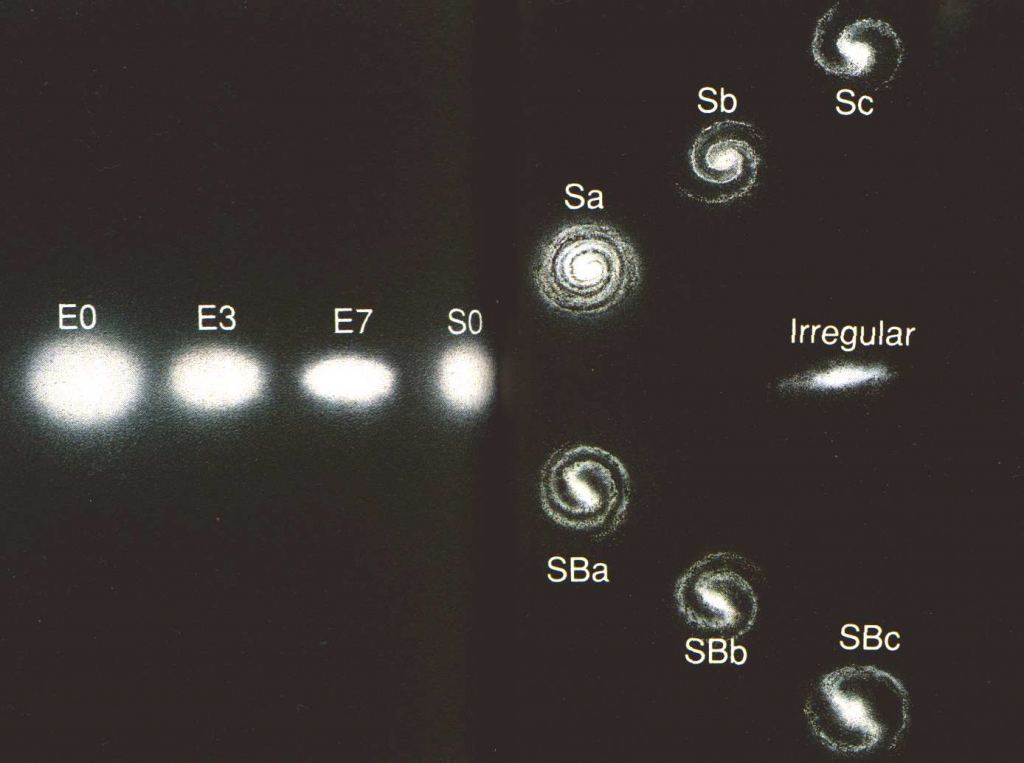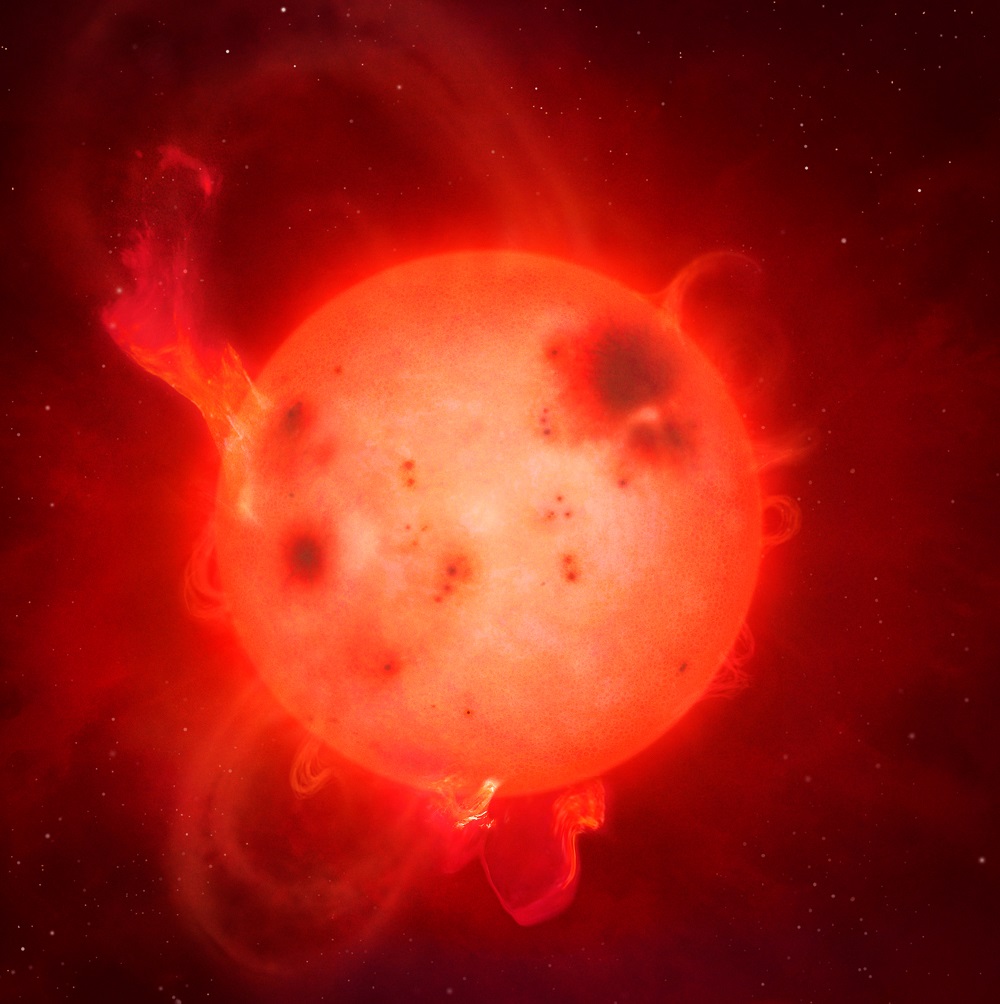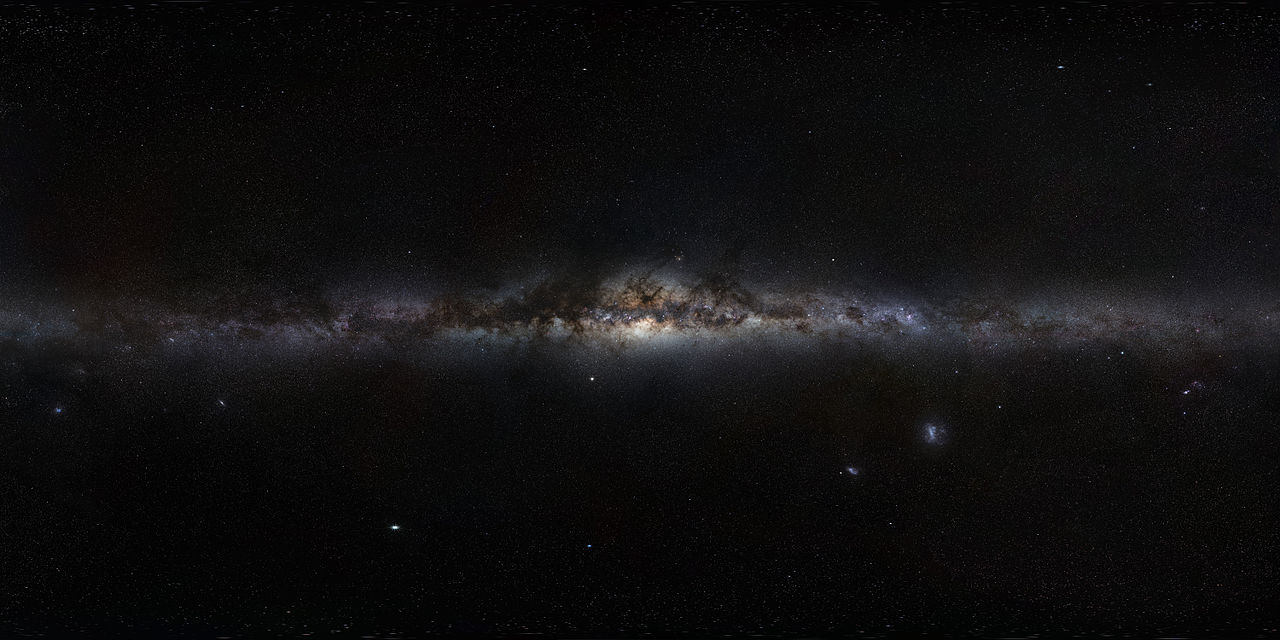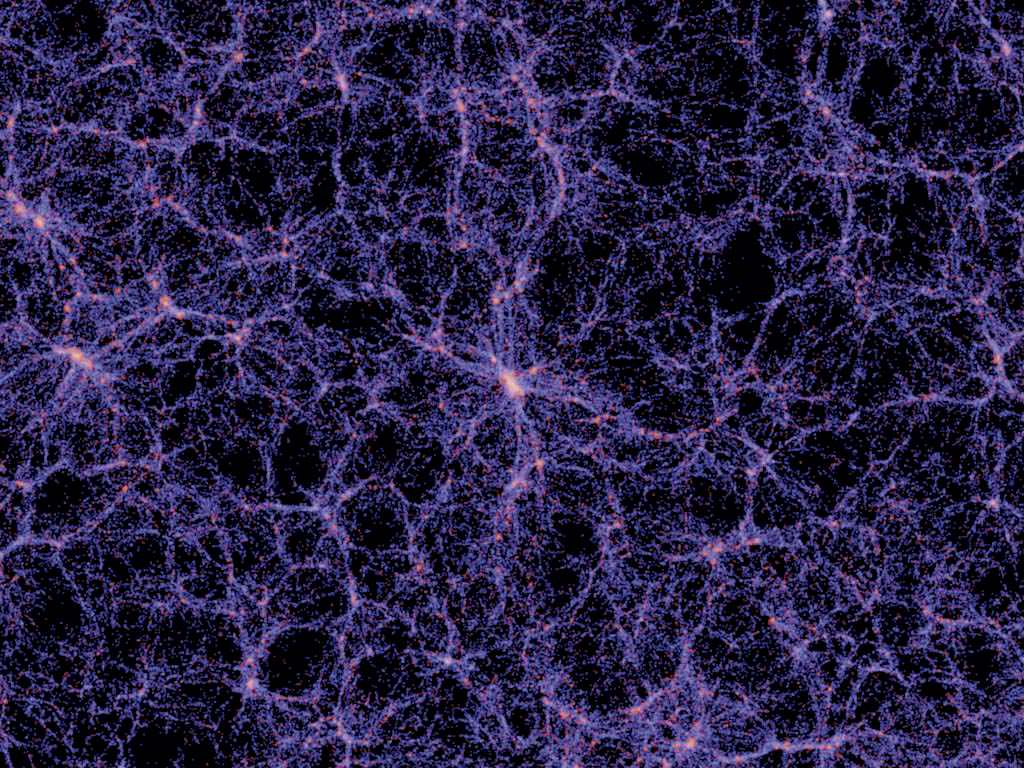A supernova is a powerful event. For a brief moment in time, a star shines as bright as a galaxy, ripping itself apart in a last, desperate attempt to fight against its gravity. While we see supernovae as rare and wondrous things, they are quite common. Based on observations of isotopes in our galaxy, we know that about twenty supernovae occur in the Milky Way every thousand years. These brilliant cosmic flashes fill the universe with heavy elements, and their remnant dust makes up almost everything we see around us. But supernovae won’t keep happening forever. At some point in the far future, the universe will see the last supernova.
Continue reading “The Last Supernovae”The Last Supernovae











